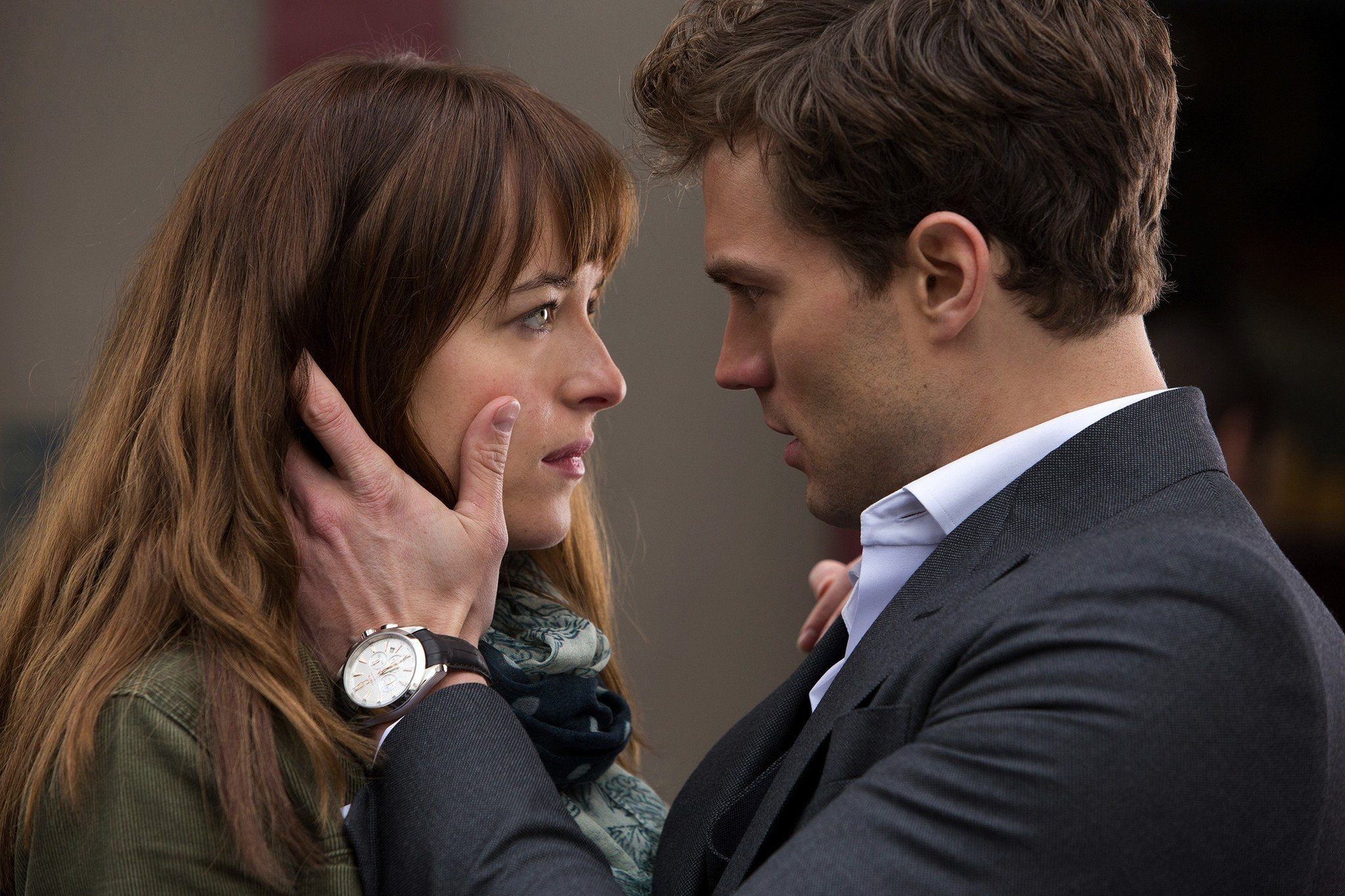I was recently reading an article titled “The Trip Treatment” in The New Yorker. It talked about the recent trials regarding the usage of psychedelic drugs on cancer patients in an effort to reduce anxiety levels. For the most part, the usage of psilocybin, the hallucinatory compound found in LSD, proved to be very beneficial. Apparently, psilocybin reduced activity in the default-mode network, a part of our brain that, “lights up when we are daydreaming, removed from sensory processing, and engaging in higher-level ‘meta-cognitive’ processes such as self-reflection, mental time travel, rumination, and ‘theory of mind’ – the ability to attribute mental states to others.†Some consider it to be the physical counterpart of the ego.
The article reasons that such a finding reflects how users of psychedelics become less concerned with the self, and begin to find answers from the relationship between the self and the expansive universe, they revert to childlike wonder. Children are, in the words of Alison Gopnik, a quoted developmental psychologist, “…basically tripping all the time.â€
But this recent development, despite its results, does not romanticize the psychedelic drugs at all. By no means does it suggest public access of psilocybin, for the patients that they administered the drugs to, were screened carefully and painstakingly observed by professionals.
However, let it be said, that I do think this is a very interesting idea. As the article itself questions, if we are going to die, why not die with a calm mind? Of course, this counteracts the very principle of what a doctor is supposed to do for their jobs are to save people. Yet, isn’t the way we die our own choice? This is a very hot topic of debate, and can get very messy, so I will try to stay on how this article affected me in terms of writing.
The reason why I started reading The New Yorker recently was, not because I wanted to be an intellectual snob, but because I realized that it made me feel very stupid. There were so many things that I didn’t know about. Culture, science, sociology, and so on – basically, I knew that reading this magazine would stimulate me and get the juices flowing.
This article was no exception of the intellectual and creative promise the magazine offered to me. This article alone filled pages and pages in my notebook in regards to ideas for short stories. It also made me realize how a lot of what I have written since high school are all fairly connected or at least, relatable to one another. It made me realize how I would love to try and write a novel like Pynchon in the sense that I would have an amalgam of characters that somehow relate, not necessarily narratively, but in terms of themes or ideas, or maybe even absolutely unrelated.
When you allow yourself to be stimulated by the other peoples work, you are really freed of your own boundaries. Finding these gems reverts you to a childlike wonder – basically tripping all the time.






